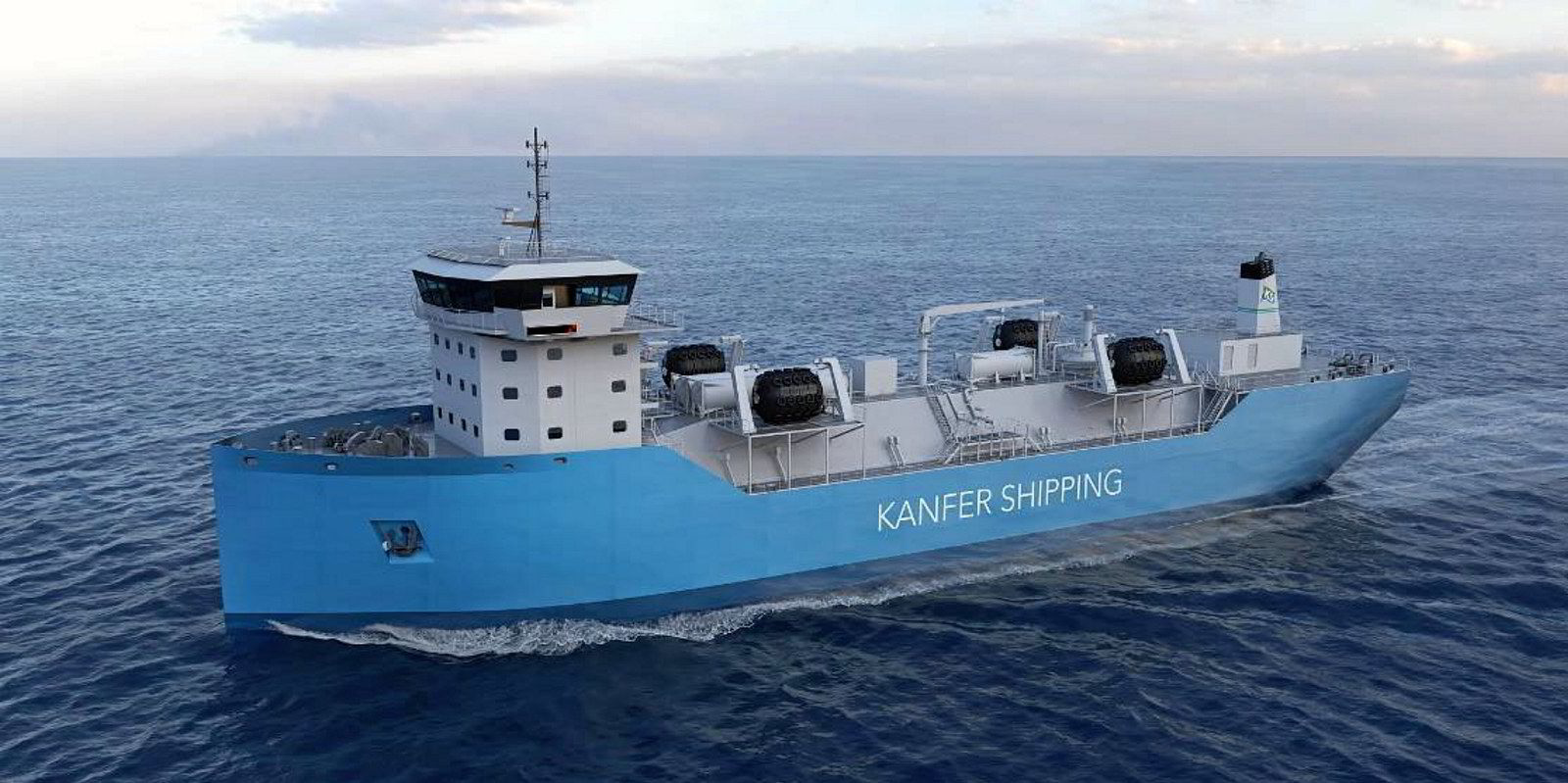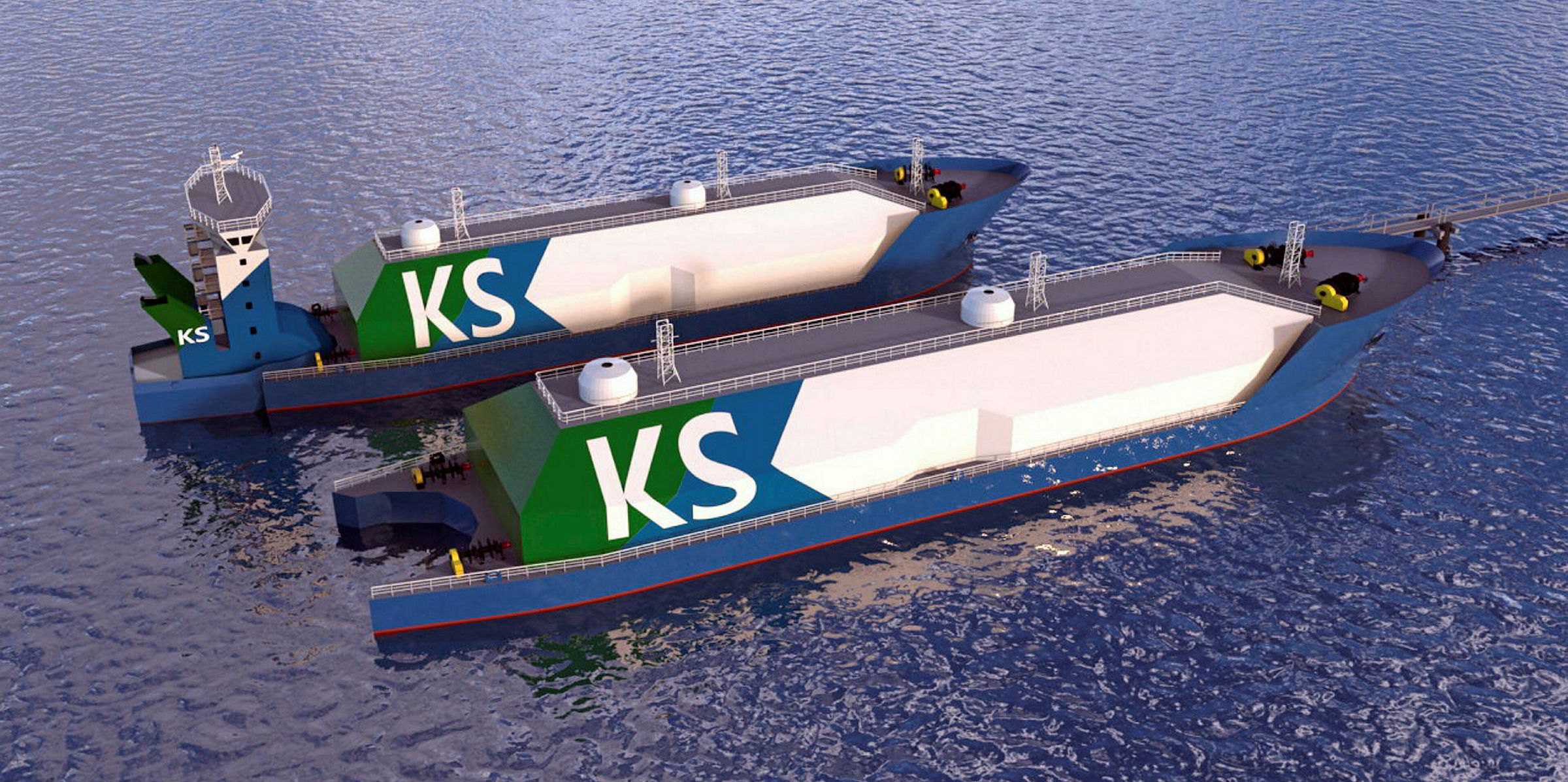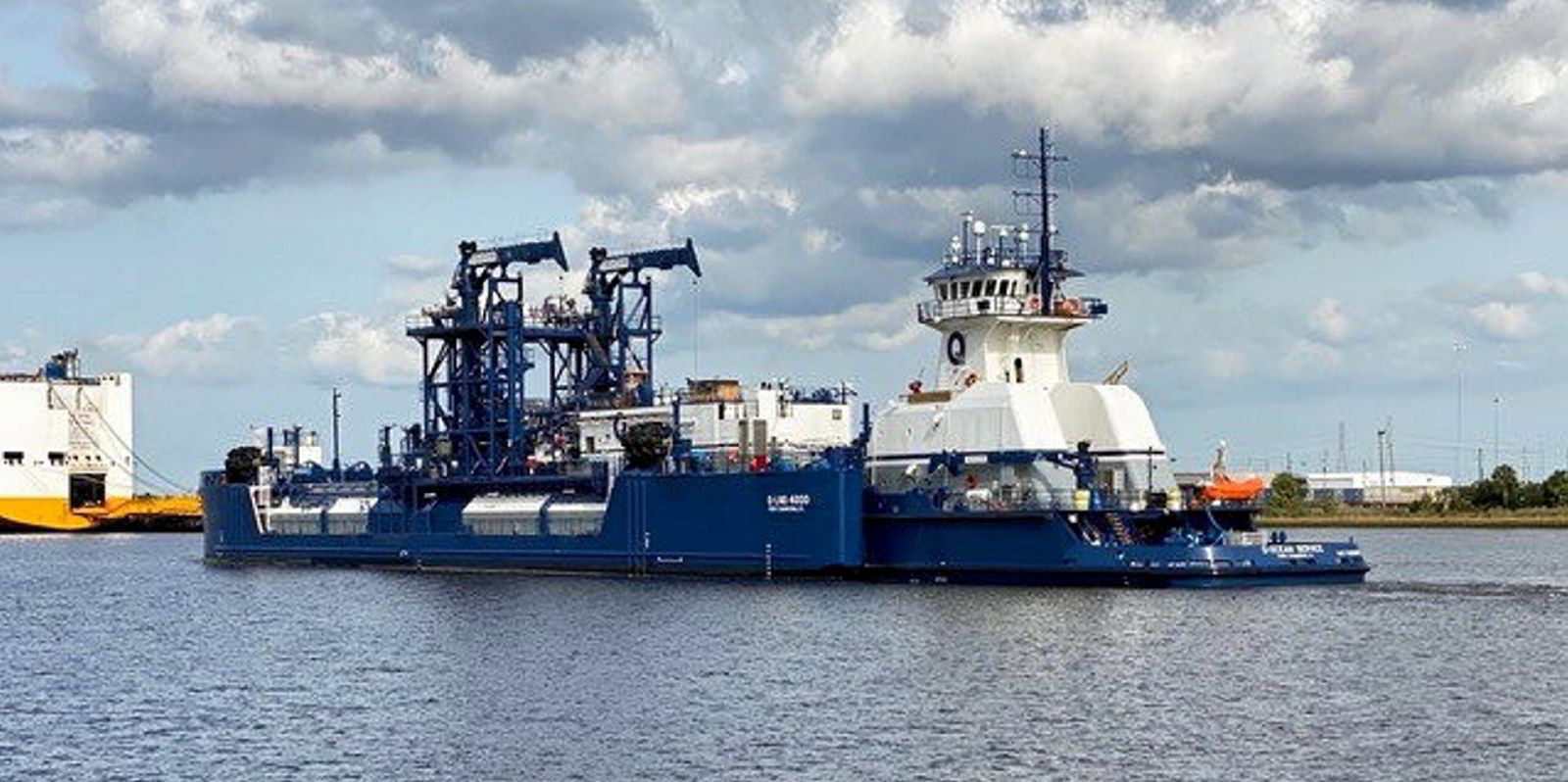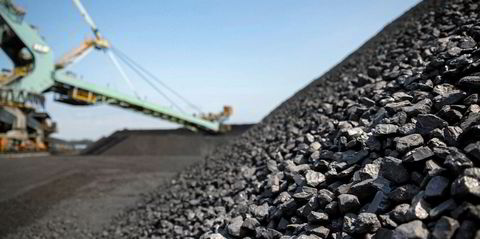Norway's Kanfer Shipping has signed a letter of intent (LOI) with a Chinese yard to build its first two, speculatively-ordered small-scale LNG bunker and distribution ships.
Kanfer, which is partially owned by part-owned by AG&P, said it will own the 6,000-cbm vessels with its partners and charter them out on long-term contracts.
The two vessels are scheduled for delivery from Taizhou Wuzhou Shipbuilding Industry in the first half of 2023.
The company said its deal with the yard includes an agreement to build optional vessels.
Founder and chief executive Stig Hagen said the LOI on the newbuildings represent "an important step" for the company.
“Kanfer sees a rapidly expanding market for LNG bunker vessels as the world maritime industry continues to pivot towards its decarbonisation goals through LNG," Hagen said.
"The growing demand for new LNG bunkering vessels makes our decision well-timed, especially now that equivalent, new-built vessels to be delivered in 2022 have already been chartered out."
Hagen added that the ships will be "the most cost-efficient and environmentally-friendly small-scale LNG ships in the global marketplace".
'Critical' need
He said there will be a "critical" need for new LNG bunkering centres as the trading pattern for gas-driven vessels will be global and very diversified.
Existing hubs will also need to expand to cater for growing demand.
"This is one of the reasons why Kanfer is confident that the timing is advantageous," Hagen said.
The newbuildings have been designed by Norway's CGR Arctic Marine.
CGR founder and Captain Bard Nordberg, has been leading the design & construction of 10 small-scale gas and LNG carriers at Taizhou Wuzhou.
Kanfer said the ships will feature a mono-tank design to simplify onboard arrangement and minimise cargo boil-off.
The vessels will be gas electric power production combined with hybrid battery technology and a combination of Azipull thrusters and bow thrusters for what Kanfer described as "extreme manoeuvrability".
Kanfer claims the "cost-efficient design" will make its customers for the ships "maximally competitive".






